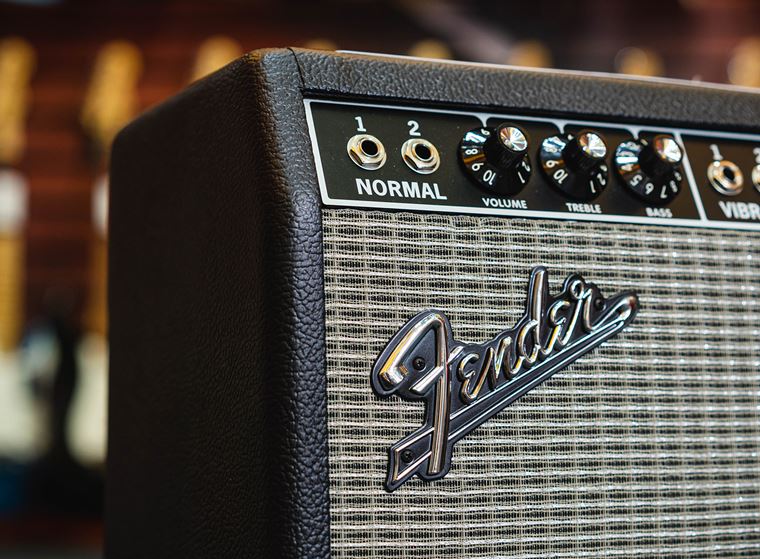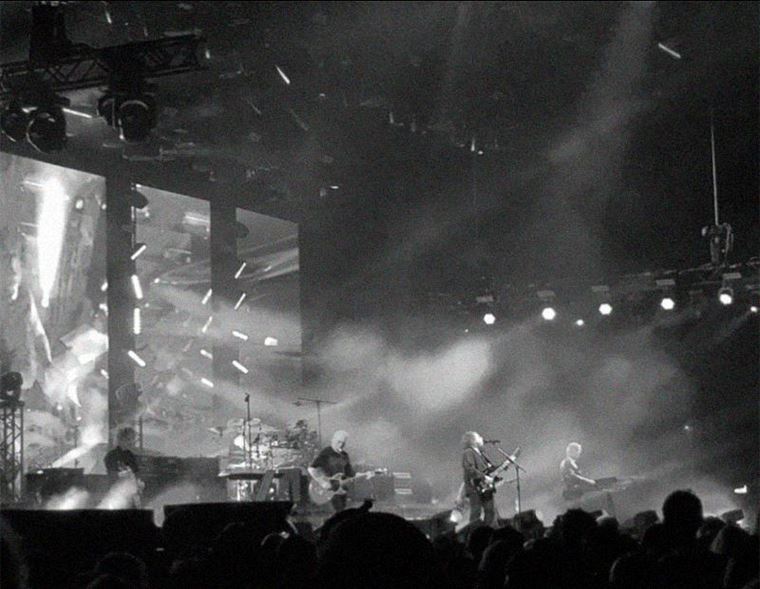How to Sound like John Mayer
Published on 30 March 2023
John Mayer is one of the most notable players around today. Influential to say the least, Mayer has shaped the way mainstream blues-based music has sounded for the last two decades. He has also added folksy-sounding Americana and even 80s-style pop to his repertoire, proving that there’s a Mayer for everyone!
On top of all of that, he’s a quite exceptional guitar player, and one whom many other players look up to. If you are one of those, then today’s blog may prove helpful in directing you towards adding a little of his vibe to your own playing. We’ll check out his equipment and some of his playing habits, discussing what sets him apart from his peers as one of the most beloved of modern guitarists.
John Mayer’s Equipment
Let’s start with some of the gear that John uses. What we notice here is that, whilst it’s all quite specific, none of it is particularly unusual. John is a ‘classic’ player at heart, and this is reflected in his choices of guitars and amps. Let’s take a look!
PRS Silver Sky
For Mayer’s style and sound, single coils are essential, and Strat-sounding single coils even more so. A long-time Strat user, he now uses his own signature PRS Silver Sky guitar, and let’s face it: there’s no secret as to this guitar’s inspiration!
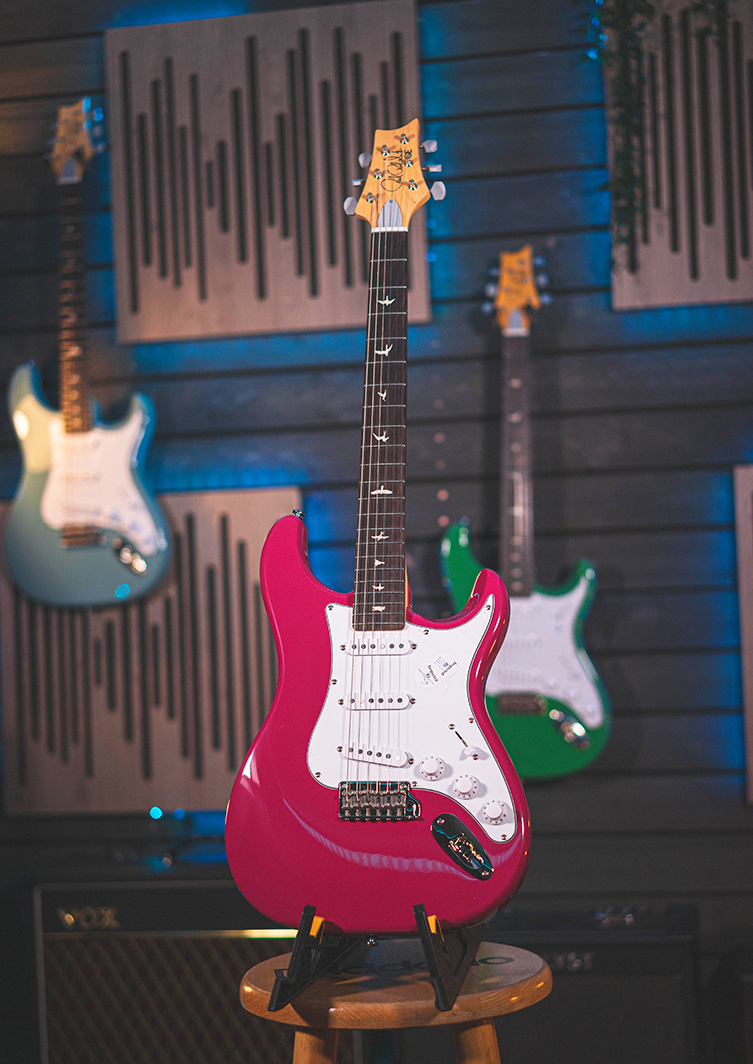
The Silver Sky was quite a controversial guitar when it was first released a few years ago. Many fans questioned why he didn’t just use a Fender, given how closely it resembles their iconic Stratocaster. Mayer’s take does have its own specific details, though, so it’s not a carbon copy, even if the similarities are glaring!
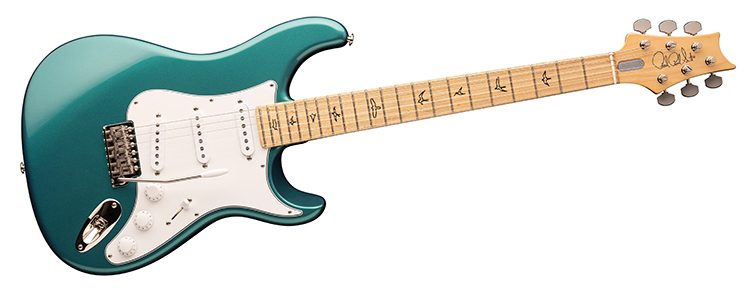
Mayer got onboard with PRS when he needed a special guitar to use when sitting in with The Grateful Dead, and the relationship developed from there.
Ignoring the headstock shape, it’s safe to say we are in ‘vintage Strat’ territory with the Silver Sky. Mayer enjoys the tactility of the S-type, and gets a lot of use from each pickup selection. The Silver Sky was first made available as a Maryland-made USA model, and there has since been an imported SE Silver Sky model released too, which distils much of the magic into a more affordable guitar.

That said, play any Stratocaster and you’ll get close to the prize!
Dumble Amp (forget it), Any Good 6L6 Valve Combo (doable)
When it comes to amplifiers, we’re going to have to accept that getting one’s hands on a Dumble combo is rather unlikely. Dumble, the brand of hand-made amps built in LA by Alexander Dumble, are more mythical than Klon Centaurs (more on that in a second). Dumble would only make amps for individuals he considered worthy, so to own one was to join the likes of Carlos Santana and Robben Ford in a rather exalted club indeed.
Mayer owns a bunch of ‘em. He tours with two: an Overdrive Special and a Dumbleland Special, running one and keeping the other as a spare.
Since Alexander Dumble passed away in 2022, the only way you’ll get your hands on one is by buying second hand. Now, if you can find one available, just you be prepared for a nasty shock when you see the price tag, okay?

For mere mortals, we’d recommend looking for a tube amp that runs 6L6 power tubes. Why? 6L6 power amp valves an important element in nearly every type of amp the Mayer has used over the years. We’d refer to 6L6’s as ‘Fender-style’, since that’s most often what you’ll find in the power amp section of Fender tube amps: those or 6V6 tubes, which are the same thing really, apart from handling around half as much power. 6L6 tubes are generally used where more headroom is desired in a sound, which explains Mayer’s adoption of them, since his sound has lots of dynamism. Any good valve amp with 6L6’s in the power section will definitely get you in the correct ballpark! We recommend the Blackstar St James 6L6 and the Fender Hot Rod Deluxe as good places to start!
Pedals, Lots of Pedals
Since John’s amp choice is for high-end clean tones (mainly), it’s no surprise that he’s fond of a few pedals to specie up his sound. Instead of listing the contents of his ever-changing pedal board, let’s instead zero in on some notable elements.
Firstly, he’s a big fan of the Ibanez Tubescreamer. In particular, he likes a version (the TS10) that is pretty hard to find, thus commanding large sums of pennies on the second-hand market. Without spoiling your fun, let us gently suggest that any Tubescreamer (or indeed its myriad of clones out there) will do the job! The main use for the Tubescreamer is to take advantage of the midrange ‘bump’ it has as part of its characteristic sound. It’s a standard blues and rock trick, so if you haven’t tried it, stick a Tubescreamer of some description in front of your amp!
Another legendary overdrive used by Mayer is the Klon Centaur. This really is the stuff of legend, and countless column inches have been spent either in support of or disparagement of this famous ‘transparent’ overdrive. Prices for original 1990s examples are absolutely scandalous, so make sure you don’t Google these the same day you price-check the Dumbles, ok?
The good news is that there actually isn’t anything particularly unusual about the Klon Centaur to be honest. You’ll find that most ‘Klones’ - copycat pedals normally made with some sort of reference to a centaur, or archer - will totally do the job for you. For example, the Ryra Klone is getting lots of fans due ot its excellent rendition of the Klon sound.
As for his other pedals, it’s a case of nice modern examples of delay (Way Huge Aqua Puss), tremolo (Strymon Flint) and compression (Origin Effects Slide Rig) along with a handful of others. Pepper your sound with what works for you, knowing that most of his effects (except those first two) are standard, if quality, fare.
John Mayer’s Acoustic Guitars
A lot of John Mayer’s songwriting seems to live on an acoustic guitar, and certainly many of the techniques we’ll talk about apply as much to acoustic as to electric. So what does he use?
Perhaps unsurprisingly, Mayer is a Martin man. He’s obviously a fan of classic tones, and what’s more classic in acoustic terms than the inventor of the dreadnought? That said, Mayer prefers the smaller bodied models such as the 00 and OM orchestral model. This is so much the case, in fact, that he has had two signature models of his own.
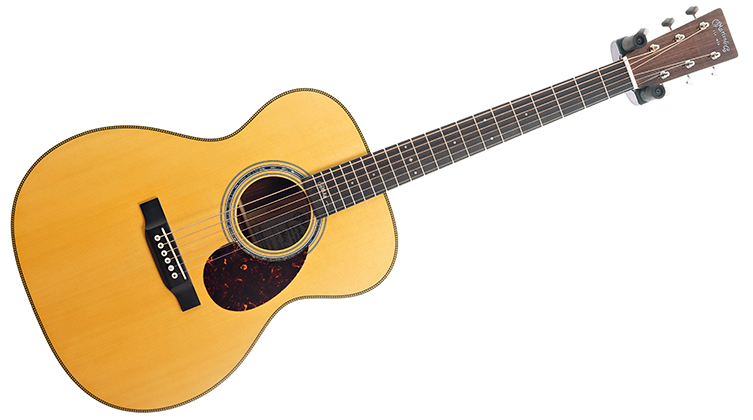
The current one, the Martin OMJM, is a beautiful OM model with herringbone purfling and his signature inlaid at the 20th fret. Engelmann spruce and East Indian rosewood are top timber choices when it comes to heritage Martin tones, and an ebony fingerboard finishes the vibe immaculately. The man has taste!
Playing Like John Mayer - Some Tips
So, let’s now look at some ways in which you can add a little Mayer-magic to your own playing. These are just observations and points we’ve picked up from listening to his playing, and they may illuminate elements of his style for you.
1. Lose the Pick
Though he does occasionally reach for a pick, John Mayer tends to use his fingers when playing, and that’s either electric or acoustic. Using your fingers to play lead on an electric allows for a variety of tonal and dynamic choices to be made, resulting in lead lines that sound more alive and nuanced. Plectrums are great at compressing notes, and fingers are excellent for doing the opposite. It’s worth using both!
Check out a tune like Who Says, and you’ll hear Mayer fingerpicking, using only his thumb and index finger. Where a regular player might play a four note arpeggio using the ‘p,i,m,a’ method (that is, thumb, index, middle and ring fingers), Mayer uses thumb, index, thumb, index (p,i,p,i, if you must). This may sound like an insignificant detail, but if you want to nail his sound and playing style, you need to try this method out, because it’ll make a difference!
2. Jimi-Inspired Chordal Runs and Leads
Mayer is obviously a huge fan of Hendrix, and his guitar parts often display this inspiration through chordal runs and riffs. By that, we mean he takes advantage of note clusters within chord voicings, instead of what we’d perhaps call more ‘linear’ playing, such is going up and down scales. He does that too, of course, but the lyrical leading notes he often uses in his parts is straight from Jimi, and to a lesser degree, Mayer’s other hero, Stevie Ray Vaughan.
3. Bizarre Chord Shapes
It might sound odd to say that John Mayer often composes like a pianist, but it’s true! Many of his chord voicings are deeply unusual, and often take advantage of ‘slash chords’, which is normal on a piano but less so on the guitar.
Take a tune like Neon. Firstly, his guitar has it’s low E tuned to C, and then the chord progression includes such tried and trusted favourites such as Eb sus2 (w/thumb on the bass note) and Eb sus4/F, ending on a Csus2/Bb! It’s hardly C, F and G but he still manages to make it poppy and accessible, and that’s why he wins in the eyes of so many.
4. Learn the Building Blocks
Mayer is an intuitive player, but it’s an intuition born from a vast amount of theoretical knowledge. He explains his point of view in a YouTube video interview, in his own inimitable way: “Learn the thing that made the thing you like and you will be five times better, every time you do that”.
In other words, learn the theory behind the workings of a piece of music that you love, and you’ll be able to apply that to any future piece of music. Great advice! But John also knows when to break those rules. The playing at the end of this song, Last Train Home, has him playing a minor pentatonic scale over a major key chord progression. Technically 'wrong', but it sounds great! Justification enough!
5. Learn from John, Be Yourself
Today’s look into the gear and playing style of John Mayer has hopefully given you some tips on how to approach his sound. That said, we feel like the best way to use this info is in adding it to your own creative impulses and preferences. Pinch what appeals to you, add it to the mix, and come up with your own original music, however inspired it may be by the likes of John Mayer. Then one day you might be able to afford a Dumble Overdrive Special of your own!







